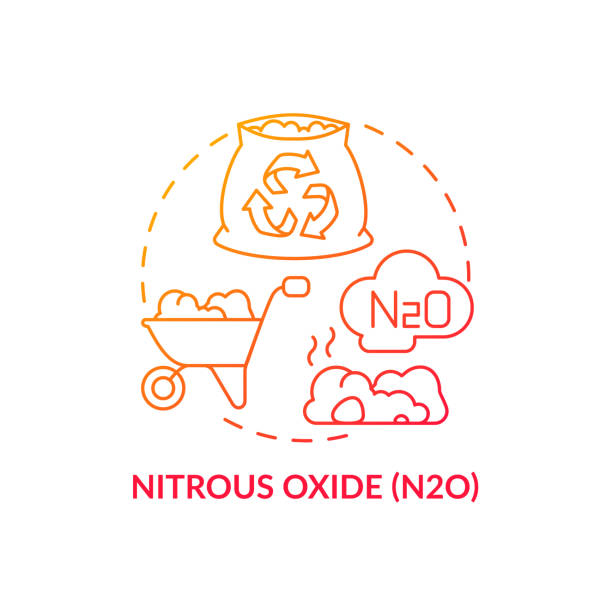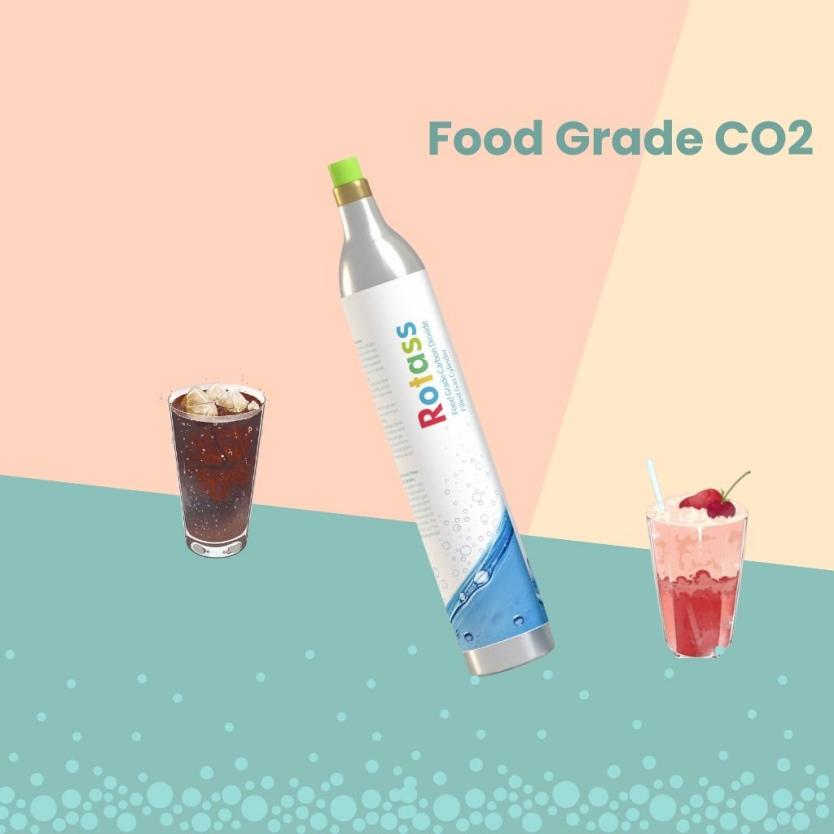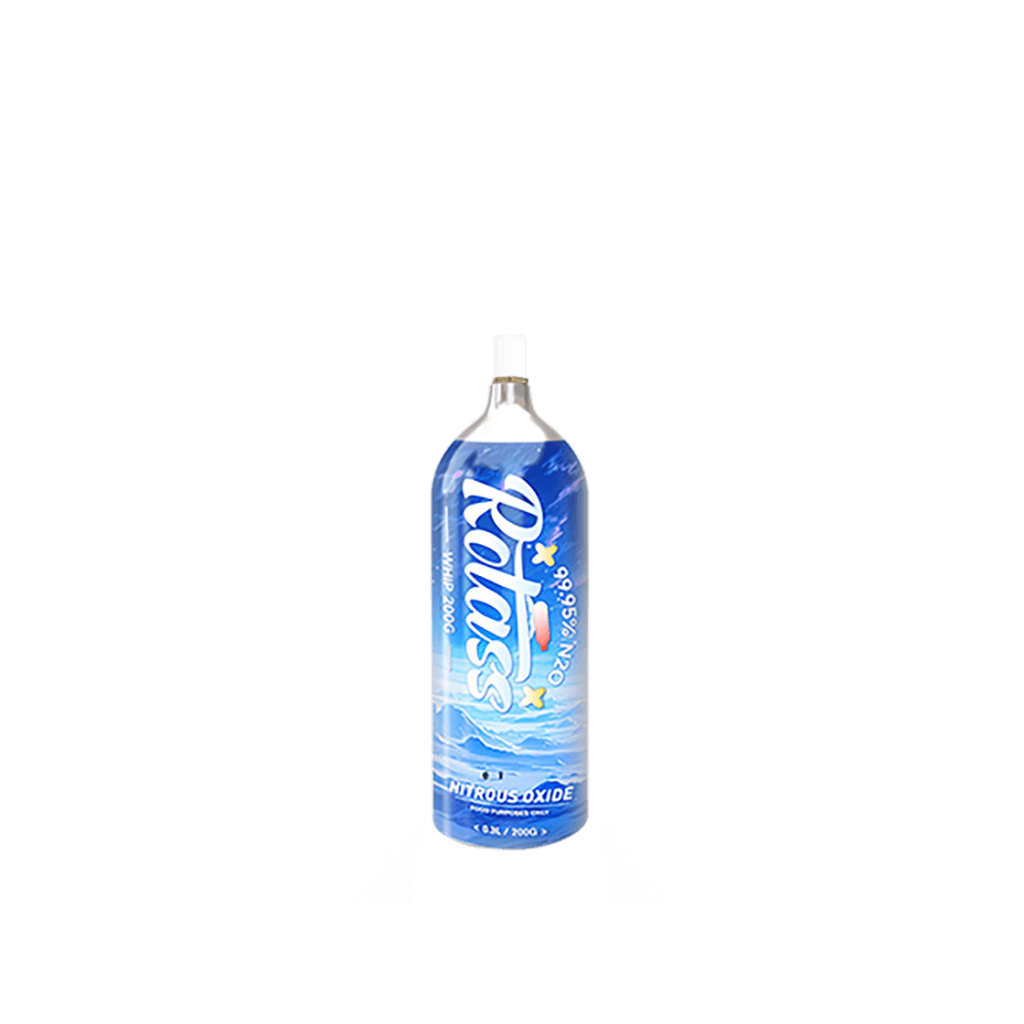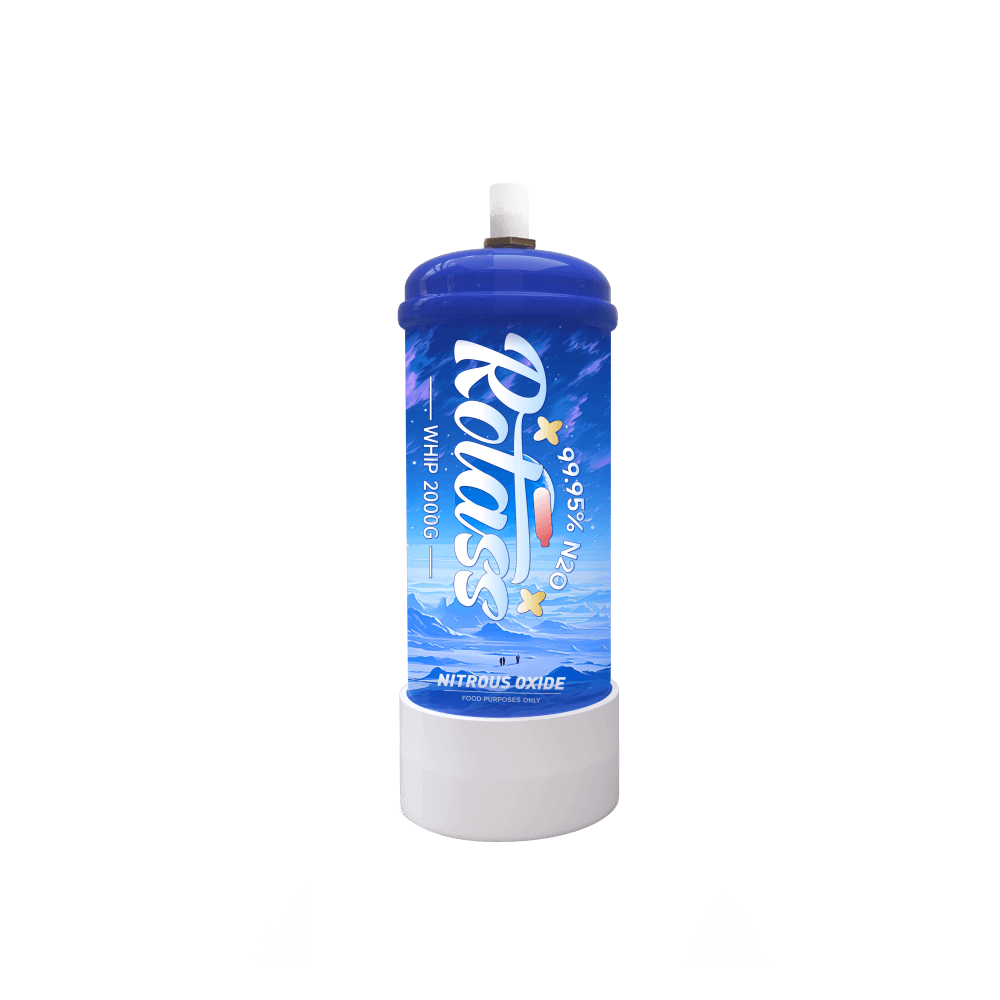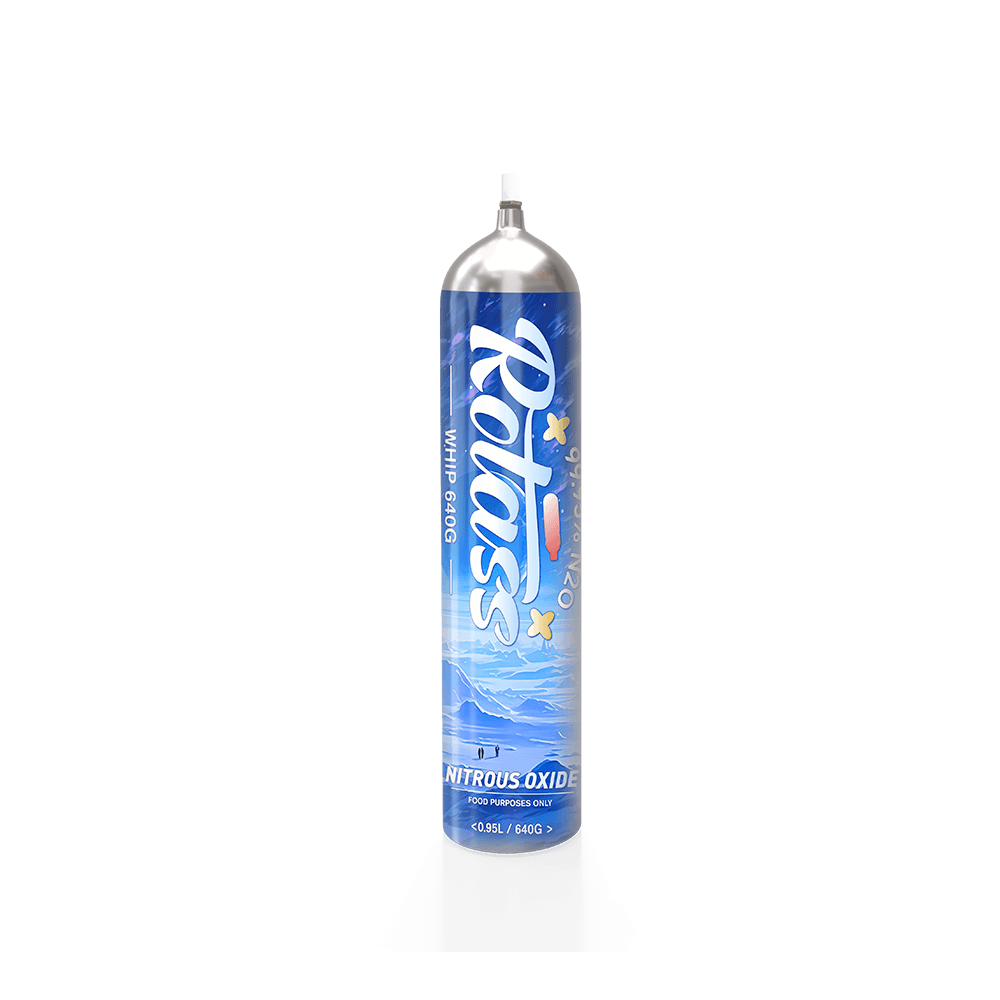2025 / 11 / 25
How Does The Texture Of N2O Ice Cream Compare To Traditional Ice Cream?
Table of Contents
If you are an ice cream lover, you may have noticed that not all ice creams are equally smooth. Some melt in the mouth, while others are slightly rough. What exactly determines this difference? After the appearance of N2O ice cream, its silky texture was deeply loved by the public. Is it really smoother than traditional ice cream? And how was it achieved? Let’s uncover the answer step by step.
The Basic Principle Of Ice Cream Texture: Why Crystals Are Important
To understand the differences in the texture of ice cream, one must first grasp a core issue: the size of ice crystals directly determines the quality of the ice cream’s texture. This is just like the jelly we eat. Fine jelly is always more popular than jelly with coarse particles. The same goes for the texture of ice cream.
There is a golden rule in the industry: the smaller the ice crystals, the smoother the texture.

When the ice crystals in ice cream are tiny and evenly distributed, there is almost no granular sensation when entering the mouth, followed by a smooth and dense touch. Conversely, if the ice crystal particles are large, there will be a distinct “ice crumb sensation” when entering the mouth, which will disrupt the overall fineness.
The size of ice crystals not only affects smoothness but is also closely related to the creamy texture. The small ice crystals can better blend with components such as milk fat and air, forming a rich and creamy texture. After entering the mouth, there is a strong enveloping feeling. However, large ice crystals will disrupt this fusion balance, making the ice cream appear overly watery and weakening its creamy flavor.
It can be said that large ice crystals are the greatest enemy of the smoothness of ice cream – they can make the originally fine texture rough and even leave cold particles in the mouth.
Traditional Ice Cream: Stirring Method and Its Texture
The texture of traditional ice cream is largely determined by its process of “slow stirring + slow freezing”. During the production process, the raw materials are slowly stirred in a low-temperature environment. This process has two key functions: one is to evenly cool the raw materials, and the other is to gradually introduce air into it.
1. Air
Air energy can form tiny bubbles in the raw materials. These bubbles can separate the ice crystals that are forming, preventing them from aggregating and growing larger, thereby minimizing the formation of large ice crystals. This is the key for traditional processes to combat recrystallization.
2. Add stabilizers and emulsifiers
Stabilizers can delay the precipitation of water and prevent ice crystals from growing larger during storage. Emulsifiers can help milk fat and water blend better, enhancing the smoothness of the texture.
However, traditional methods also have obvious limitations. Due to the slow freezing speed, the moisture in the raw materials has sufficient time to accumulate and form ice crystals. Even after stirring and adding stabilizers, it is difficult to completely prevent the small ice crystals from gradually growing.
This is why when we take traditional ice cream out of the freezer and let it sit for a while before eating, it will be smoother – when stored at low temperatures, some small ice crystals will gradually merge into large ones, and slightly melting after sitting can make the ice crystals smaller.
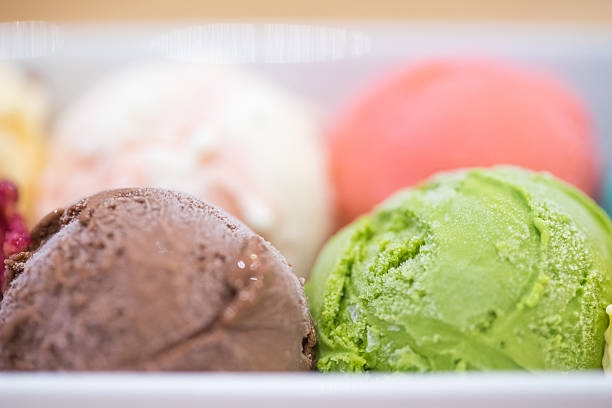
N2O Ice Cream: Quick Freezing Brings An Unparalleled Smooth Texture
N₂O ice cream, also known as liquid nitrogen ice cream, has won the hearts of countless fans with its extremely smooth texture. The core secret lies in the key raw material of liquid nitrogen and the rapid freezing process.
1. The advantages of liquid nitrogen
The temperature of liquid nitrogen is as low as -196℃. When it comes into contact with ice cream ingredients, it can complete the freezing process of the ingredients in just a few seconds. The greatest advantage brought by this ultra-rapid freezing is that it fundamentally prevents the formation of large ice crystals.
When freezing traditionally, water has sufficient time to accumulate. In the quick-freezing state, water molecules do not have time to gather and can only form countless tiny ice crystals. These ice crystals are so small that they are almost imperceptible to the mouth, thus creating the unique smooth and silky texture of N₂O ice cream.

2. Simplify the ingredients
What’s more worth mentioning is that the ingredients of N₂O ice cream can be further simplified. Traditional ice cream relies on stabilizers to control the size of ice crystals, while N₂O ice cream, with its outstanding quick-freezing technology, can maintain a fine texture without the need for large amounts of stabilizers.
The direct benefit of simplifying the ingredients is that the original flavor of the raw materials can be presented more clearly and will not be masked by excessive additives.
In the actual production of N2O ice cream, the quality of the gas and the stability of pressure will directly affect the freezing speed and texture performance. Rotass N2O cylinders have high purity and stable gas output. They can form a more uniform quick-freezing effect at the moment of injection, which helps further reduce the formation of ice crystals and gives ice cream a more delicate texture.
Whether it’s a dessert shop or a restaurant, Rotass N2O cylinders can provide stable pressure and excellent performance, making the production process more controllable and the finished product smoother.
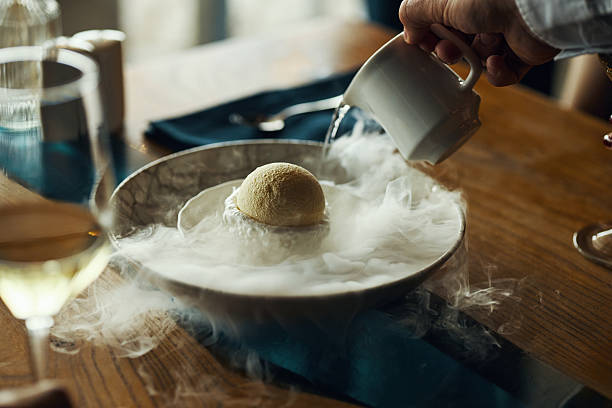
N₂O Ice Cream Vs Traditional Ice Cream
1. Ice crystal size: This is the decisive factor. The diameter of ice crystals in traditional ice cream is usually over 50 micrometers, and for some products that have been stored for a longer time, it can even reach 100 micrometers. The ice crystal diameters of N₂O ice cream are mostly under 10 micrometers. This tiny difference directly translates into a huge difference in taste – the former may have a slight ice crumb sensation, while the latter is purely silky smooth.
2. Density and air content: The traditional stirring process incorporates approximately 30% to 50% of air, while the quick-freezing process of N₂O ice cream enables the air to be more evenly distributed throughout the ingredients, with a more precise control over the air content (typically between 20% and 40%). This results in a higher density and a fuller, more solid and rich texture when entering the mouth, unlike some traditional ice creams which have a “superficial” feeling.
3. More convenient to take: The smooth texture of N₂O ice cream makes it easier to take with a spoon. Traditional ice cream becomes relatively hard after freezing, and when scooped up with a spoon, it is prone to “lumps” or “fragments”. Even after being frozen, N₂O ice cream remains relatively soft in texture, allowing a spoon to be easily inserted and a consistent spoonful to be taken each time.
4. Degree of melting: Traditional ice cream tends to turn into a watery paste after melting, resulting in a mushy texture. N₂O ice cream melts relatively slowly. Even after melting, it can maintain a relatively smooth texture and will not show obvious layering or water and residue separation.
5. Different flavors: The fine texture of N₂O ice cream can better set off the customized flavors. For instance, for products with added fruit particles or crushed nuts, the smooth base can make the flavors of the auxiliary ingredients more prominent, while avoiding the interference of ice crystal particles on the texture of the auxiliary ingredients. However, the ice crystals in traditional ice cream may be confused with the particles of the auxiliary ingredients, affecting the overall flavor harmony.

Enjoy a Smoother N₂O Ice Cream
The silky texture of N₂O ice cream enhances its flavor expressiveness and brings a richer enjoyment experience. First comes the rich cream flavor – the tiny ice crystals blend fully with the milk fat. After entering the mouth, the cream flavor can spread more directly across the mouth, and it is more prominent than the cream sensation of traditional ice cream.
Diverse base materials: from dairy to dairy-free options
Whether it is traditional dairy base materials or dairy-free base materials for people with lactose intolerance, they can all achieve a perfect taste through quick-freezing technology.
For instance, using coconut milk as the base can create a silky texture with a coconut aroma. If yogurt is used as the base, the smoothness of yogurt can be retained. Even if fresh fruits are puffed and quickly frozen, fine fruit-flavored ice cream can be made without the problem of ice crystals caused by fruit moisture in traditional processes.
The freedom of this ingredient enables N₂O ice cream to meet the needs of more people, and the foundation of all this lies in the stable texture brought by the quick-freezing process. It can be said that the experience of enjoying N₂O ice cream is a dual pleasure of texture and flavor – the smooth touch first opens up the senses, and then the flavor is gradually released, forming a complete taste enjoyment.
FAQ
1. Can N₂O ice cream be safely consumed under extremely high temperatures?
It is safe to eat. The quick-freezing process of N₂O ice cream merely alters its texture, and the raw materials themselves have no essential difference from traditional ice cream.
When consumed in extremely high temperatures, it is recommended to eat it as soon as possible to avoid dripping due to rapid melting. At the same time, be careful not to consume freshly made ultra-low temperature products. Wait until the temperature slightly rises before eating to avoid irritating the mouth.
2. How can N₂O ice cream maintain its excellent taste during storage?
When storing, it is necessary to maintain a stable low temperature. It is recommended to place it in the freezer of a refrigerator at a temperature below -18℃, and try to avoid repeated thawing and freezing.
Repeated thawing will cause the ice crystals to melt and then reaggregate, forming large ice crystals and damaging the silky texture. If long-term storage is required, it is recommended to store it in a sealed container to reduce contact with air and prevent moisture loss and odor absorption.
3. Can the N₂O quick-freezing method be applied to homemade ice cream?
It is not recommended for home cooking. The temperature of liquid nitrogen is extremely low. Professional protective equipment and operational skills are required during operation. Improper operation can easily lead to safety risks such as frostbite.
Conclusion
The reason why N2O ice cream can have a smoother texture than traditional ice cream lies in the extremely small ice crystals and highly uniform structure brought about by its rapid freezing. It not only presents a denser and smoother texture, but also retains the original aroma and flavor of the base ingredients. It is a very worthwhile choice to try when pursuing a high-quality taste.
For those who run dessert shops, cafes or enjoy trying innovative flavors, N2O ice cream is undoubtedly a new way to enhance the experience. Rotass has additional N₂O cylinders available. Please feel free to contact us.

